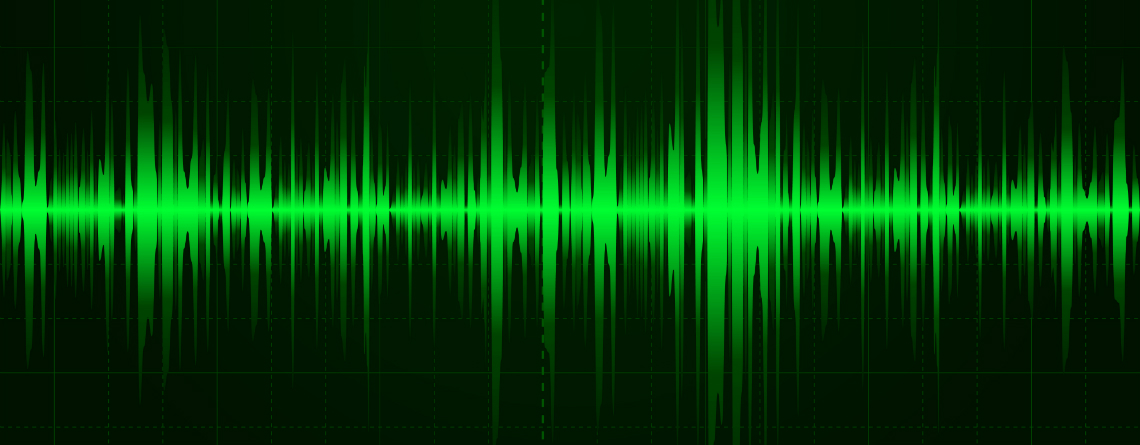
The whistle has become the most recognizable sound in sports after making its first appearance in English soccer over 140 years ago. A traditional pea-style whistle projects a soprano-inspired sound that can be distinctly heard, can reach far distances, and can definitely catch one’s attention. In the educational setting whistles are used for officiating, PE teaching classes, playground and recess, and crossing guards use them to direct traffic and alert students. However, the whistle faces a new challenge with the coronavirus pandemic when new methods for safety and hygiene are being explored. Many school districts are faced with the task of reevaluating their use of the whistle as the actions needed to utilize a whistle correctly would be against medical protocols set in place for staff and students.
Many districts are now looking into an alternative whistle in the educational settings called an “electronic whistle”. An electronic whistle is a battery-powered whistle that can be switched on with the touch of a button and can be aimed in specific directions to maximize sound. Many models have adjustable tone buttons that vary the decibel level from 90 to 120 decibels of sound. The selling point: the device doesn’t send extra droplets into the air and can easily be sanitized and reused from one person to the next. Also, compared to traditional whistles, electronic whistles are safer and do not require mouth contact, thus eliminating the need to pull down your mask to blow.

For now, the main concern is hygiene but there is another benefit to electronic whistles that you may not have thought of and that is ….reducing sound level. A traditional whistle can produce sound levels in the range of 120 to 135 decibels and the whistle is positioned within inches of both ear canals. This can produce a piecing and sometimes painful sound pressure or ringing in your ears. One the other hand, an electronic whistle, held at arm’s length, produces between 112 to 118 decibels. This is a considerable reduction given that for every 5-decibel drop in sound level reduces the overall sound level by half. Whistles are generally considered an impulse noise rather than continuous noise, but very few studies have been done on the long-term effects of hearing loss from using whistles. Since we do not have much documentation of how much damage is occurring, we can only assume the potential risk to hearing loss can be a factor with prolonged whistle use so reducing your exposure is a key factor in safeguarding your hearing. The following is a list of pros and cons that I have brought together from school district personnel currently using these whistles.
Pros:
- The electronic whistle can be used for most activities that traditional whistles are used for including gym class training, indoor and outdoor track and field use, refereeing of team sports, etc.
- They are hygienic as there is no requirement to blow into them as with a traditional whistle.
- Loud enough to be heard above the general noisy environmental of indoor and outdoor school activities.
- The 120dB tone attracts attention but can be directed away from user and the tweet travels away from your ear to reduce noise exposure.
Cons:
- The product is more expensive than a standard whistle. Prices range from $10 to $60 depending on the features you want.
- The batteries may not be readily available at your school or location. Many models have watch style “coin” batteries. I suggest using models that have 9 volt or AA batteries.
- Durability can be a factor depending on the amount of use and exposure to the elements.
- Some commented that the one they purchased doesn’t really sound like a whistle.
- Some referees have commented that they are not as loud as traditional whistles…I digress!



